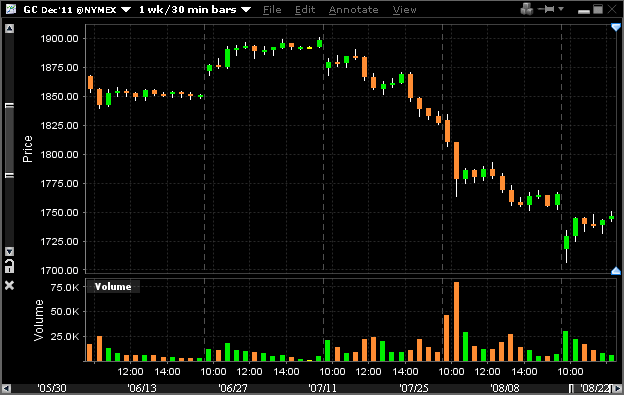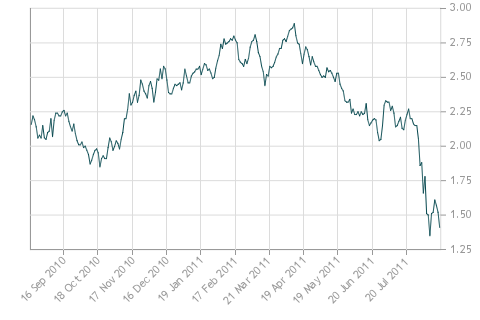The decision to purchase $5 billion of preferred shares (with an under-market value of a 6% coupon, albeit with bonus provisions) in conjunction with the 10-year warrants to purchase BAC shares for $7.142857 (7 and 1/7th for those that do not recognize the string of numbers after the decimal point) has been analyzed to death by others.
The warrants are the golden part of this agreement – it is essentially a binary bet on the bank – if Bank of America does not go belly-up, it should be able to produce sufficient cash after a ten year period to justify a stock valuation significantly higher than $7 1/7 per share. If the company does go belly-up, Berkshire should be able to retain some residual interest in the preferred shares while the common shareholders get wiped out.
There is about $150 billion in tangible equity on the balance sheet to clear through before this would occur, which is why I suspect that this deal is a very good one for Berkshire and Warren Buffett.
I generally do not like it when financial companies raise capital – this is no exception. It makes you wonder how well JP Morgan is doing in terms of their solvency and liquidity situation. Analyzing big banks such as BAC or JPM is essentially a leap of faith more than an informed investment decision.


